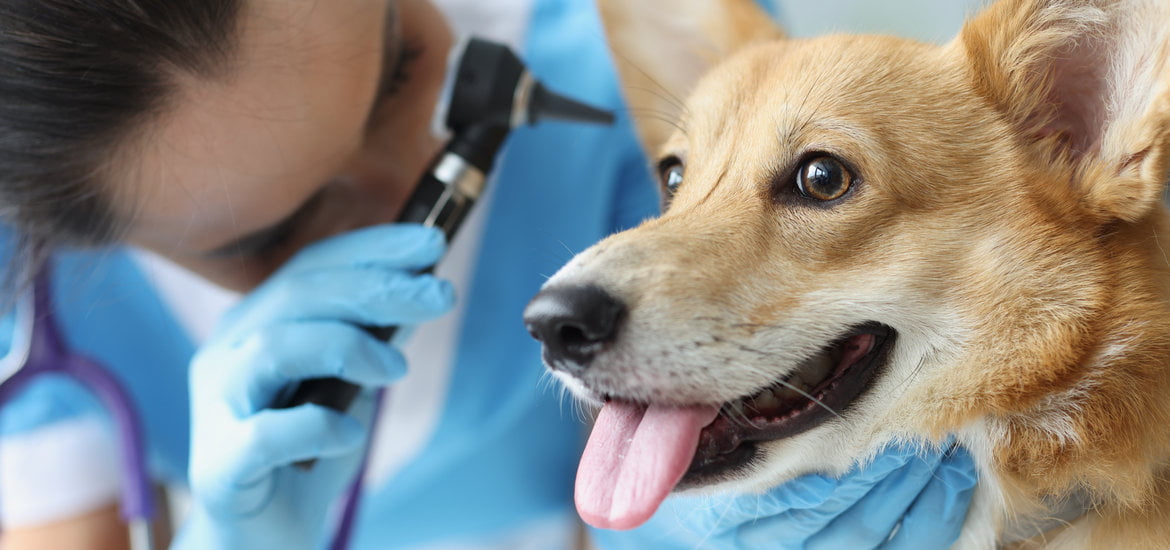Jan 10, 2022, 2:39 PM

One of the most popular reasons for migrating from one veterinary hospital to another has been linked to your pet's most common condition. The ear infection is referred to as otitis externa in medical jargon. While the anatomy of a human ear canal is very basic, a canine ear canal is slightly more complex and distinct from that of humans. So, let's look into the most frequently asked concerns about dog ear infections, such as why a dog's hearing is so sensitive, what precise tests are needed to treat an ear infection, the risks, and so on.
The outer, vertical canal of a dog's ear canal is followed by a horizontal canal and eventually the eardrum. It's a dimly lighted, cramped corridor with a little breeze. Many dog breeds have huge ear flaps that obstruct airflow even further. While the ear flap is a fantastic area for bacteria to hide or yeasts, ticks, and other insects to settle and flourish, it is also an excellent place for bacteria to hide. It just takes a small amount of moisture to encourage such settlements and infections to spread.
Of course, the first step is to determine what type of bacteria is present and how far the yeast has traveled in the ear canal. Using a microscope, an ear swab can be used to identify the infecting bacteria, allowing the doctor to choose which antibacterial or drug would be most effective in reducing the infection. An ear infection may persist despite first-line treatment in a small percentage of cases, and it may be essential to culture the bacteria developing in the ear. Resistant bacteria exist in veterinary care, just as they do in human medicine.
Intermittent dosing can lead to resistant germs if the treatment plan is not followed carefully and the drug is administered as directed by the doctor. Although there are few hazards associated with treating ear infections, a study has revealed that practically all ear medications can cause hearing problems, particularly in older dogs. At the same time, this is not a regular occurrence in all canines. If an ear infection is left untreated, it can develop into a more serious condition that is extremely difficult to treat. One of the indications is the pet's persistent head shaking and numerous attempts to itch the affected area. Hematomas can develop as a result of head shaking, necessitating surgery.
Once you've completed the prescription journey and completed the drug course, you'll need to see a veterinarian for a check-up. This examination is particularly important since the doctor uses an otoscope to obtain a clear picture and image of the area that cannot be seen with the naked eye. This will also assist you in determining whether there is a lingering illness that the owner cannot see. A veterinarian must treat ear infections in dogs thoroughly by using an otoscope to ensure that the ears are pleasant and healthy, and those complications are avoided. The Karl Storz Video Otoscope makes it possible to provide dogs with the medical attention they deserve.
